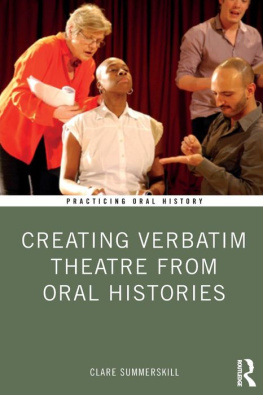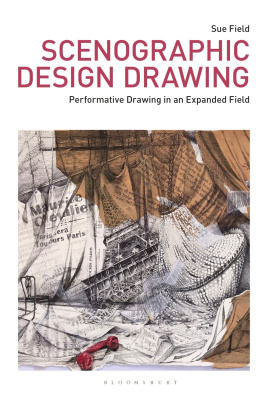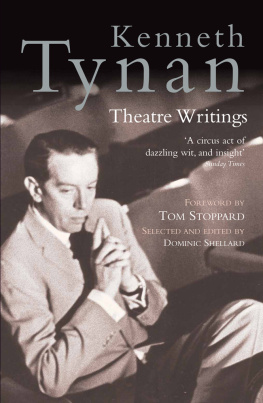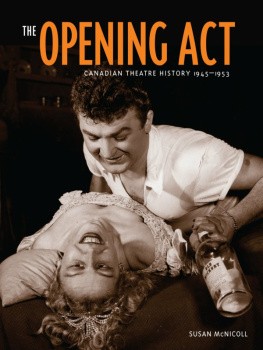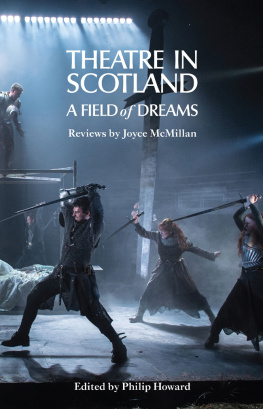Composed Theatre
Composed Theatre Aesthetics, Practices, Processes
Edited by Matthias Rebstock and David Roesner
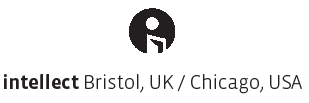
First published in the UK in 2012 by
Intellect, The Mill, Parnall Road, Fishponds, Bristol, BS16 3JG, UK
First published in the USA in 2012 by
Intellect, The University of Chicago Press, 1427 E. 60th Street, Chicago, IL 60637, USA
Copyright 2012 Intellect Ltd
All rights reserved. No part of this publication may be reproduced, stored in a retrieval system, or transmitted, in any form or by any means, electronic, mechanical, photocopying, recording, or otherwise, without written permission.
A catalogue record for this book is available from the British Library.
Cover: Scene from Trbe Quellenlage by Ruedi Husermann.
Photograph by Sebastian Hoppe.
Cover designer: Holly Rose
Copy-editor: Macmillan
Typesetting: Mac Style, Beverley, E. Yorkshire
ISBN 978-1-84150-456-8
Printed and bound by Bell & Bain, Glasgow.
Contents
David Roesner
Matthias Rebstock
Roland Quitt
Petra Maria Meyer
Heiner Goebbels
Michael Hirsch
Jrg Laue
Jrg U. Lensing
George Rodosthenous
Nicholas Till
Demetris Zavros
Matthias Rebstock
Judith Gerstenberg
Christa Brstle
Jrn Peter Hiekel
Edited by Matthias Rebstock and David Roesner
David Roesner
Acknowledgements
F irst and foremost the editors would like to thank the Arts and Humanities Research Council, UK (AHRC), and the Stiftung Universitt Hildesheim for funding two four-day symposia in Exeter and Hildesheim, which formed the starting point and basis for this research and this publication. We would like to thank all those who attended and participated in these symposia, generously contributed to them and have left their mark on the research presented here. The Department of Drama, Exeter, the Institut fr Musik und Musikwissenschaft, Hildesheim and the Universittsgesellschaft Hildesheim further supported the research workshop events that were instrumental in establishing the notion and the network of Composed Theatre. The use of space and resources, the help from technical and administrative staff as well as the interest and support from colleagues at both institutions were all much appreciated. The tireless work of the research assistants Paul Edmondson and Karoline Khler was another key factor in successfully preparing and conducting the project, which led to this book. We are also grateful to the Herder Kolleg of the Universitt Hildesheim for its valuable support regarding the translations.
Many thanks go to Peter Hulton, who carefully and diligently documented the workshops, presentations and discussions preceding the book and ensured their accessibility through the Exeter Digital Archive, Exeter, and the Audio-Visual Archive at Hildesheim, and Sarah Crumb, who provided the exact transcripts from the lively discussions, which formed the basis for chapter 15.
Editing, writing and partly translating a publication in English as two non-native speakers, we needed patient, resourceful and sensitive editorial advice and received it in full from Sarah Evans (Exeter), Peter Thomson (Exeter) and Nita Shechet (Jerusalem), whom we thank very much. We are also very grateful for the translations provided by Lee Holt and Nick Wood. Any remaining flaws, however, are ours.
Introduction: Composed Theatre in Context
David Roesner
S ince the beginning of the twentieth century, it has been an ongoing interest of composers like Arnold Schnberg, John Cage, Mauricio Kagel, George Aperghis, Dieter Schnebel, Hans-Joachim Hespos, Manos Tsangaris, Charlotte Seither and Heiner Goebbels to name but a few to approach the theatrical stage and its means of expression as musical material. They treat voice, gesture, movement, light, sound, image, design and other features of theatrical production according to musical principles and compositional techniques and apply musical thinking to performance as a whole. This idea is again flourishing among composers, directors and theatre collectives, as reflected in recent developments towards postdramatic forms that de-emphasise text, narrative and fictional characters, seeking alternative dramaturgies (visual, spatial, temporal, musical), and focussing on the sonic and visual materialities of the stage and the performativity of their material components.
At the same time, musical composition has increasingly expanded its range of instruments to include live video, lighting design, live sound electronics, costumes and spatial arrangements, and has paid closer attention to the theatricality of the musical performer. Thus the interests in the musicality of theatrical performance and the theatricality of musical performance have given rise to a wide range of forms of what we propose to call Composed Theatre.
Following two symposia Matthias Rebstock and I organised in 2009 at Exeter and Hildesheim, to which we invited practitioners and scholars who work in this field, we seek to now establish the field of Composed Theatre in this book, providing terminological consideration and frameworks for analysis, all of which have not been widely used before and have not received in-depth academic attention. We have called on both scholars and practitioners, thereby providing a wide range of historical and theoretical perspectives as well as detailed case studies. It is one of the contentions of this book that Composed Theatre cannot be defined solely by its works or outcomes. It can, however, be grouped and approached despite the diversity of its outcomes according to specific characteristics of its various stages of becoming: its conceptual, devising, rehearsing and designing processes. In short, it is the process, not the performance that distinguishes Composed Theatre from other forms and thus defines the field.
Our book does not seek to define Composed Theatre ontologically or phenomenologically, but in the light of a genetic approach (see e.g. Feral 2008; Rebstock 2009; Roesner 2010), which aims to establish a set of shared criteria that are characteristic of most of its creation processes. These are particularly interesting not least because this kind of composing of theatrical media according to musical principles calls into question fundamental certainties about both musical composition and music-theatrical production.
Composed Theatre is situated within and expands on a context of previous research into earlier examples of this practice, particularly in the US and around the work of John Cage (e.g. Fetterman 1995; Kaye 1996; Sanio 1999; Deuffert 2001). However, work of this kind has proliferated in more recent European and particularly German developments due to a unique theatre system and a specific funding and festival culture, both of which facilitate this kind of experimental work. Our book explores this European strand. Here it is particularly Mauricio Kagel, another composer of the generation of the fathers (Tsangaris) of Composed Theatre, who has received detailed academic attention, to which this book is also indebted (see e.g. Schnebel 1970; Klppelholz 1981; Klppelholz/Prox 1985; Tadday 2004; Heile 2006; Rebstock 2007). Kagels often-cited notion that one can compose with sounding and non-sounding materials, actors, cups, tables, omnibuses and oboes (Kagel 1982: 121) is a point of departure and recurrent throughline in the research on Composed Theatre. Matthias Rebstocks chapter Composed Theatre Mapping the Field (chapter 1) explores the historical developments and lineages of Composed Theatre in greater detail and David Roesners concluding discourse analysis (chapter 16) extends this towards an in-depth interrogation of the main themes, features and characterisations of Composed Theatre today.
Next page

